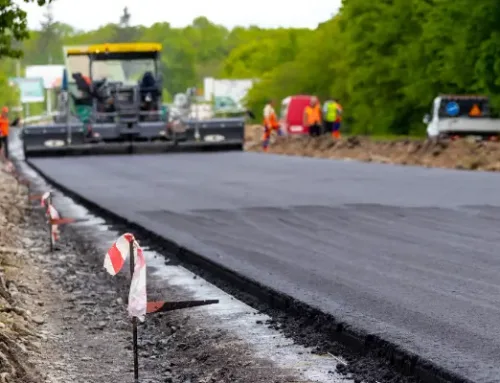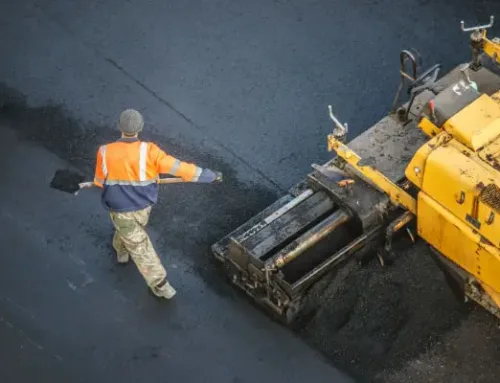In the context of construction, striping refers to the process of applying painted lines, markings, or patterns on surfaces such as roads, parking lots, and other paved areas. These painted lines serve various purposes, including guiding traffic, indicating parking spaces, and conveying important information to road users. Striping is an essential aspect of road safety, traffic organization, and the efficient use of parking spaces.
About Striping Services
Here are some key points about striping:
- Traffic Lane Markings: One of the primary purposes of striping is to define traffic lanes on roads. Different types of lines and markings, such as solid lines, dashed lines, and arrows, are used to guide drivers and indicate where they should drive.
- Crosswalks: Striping is used to create crosswalks at intersections, pedestrian crossings, and other locations where pedestrians need a designated and safe path to cross the road.
- Parking Spaces: Parking lots are often striped to designate individual parking spaces. Lines may be used to outline parking stalls, and additional markings such as handicap symbols or directional arrows may be included.
- No Parking Zones: Striping is employed to indicate areas where parking is prohibited, such as fire lanes, bus stops, and other restricted zones. This helps maintain safety and accessibility.
- Turn Lanes and Arrows: Special markings, such as turn arrows and designated turn lanes, are applied to guide drivers on the appropriate lanes for making turns at intersections.
- Bike Lanes: Striping is used to designate bike lanes on roads, providing a dedicated space for cyclists and enhancing safety for both cyclists and motorists.
- Symbols and Icons: Various symbols and icons may be painted on roads to convey specific messages to drivers, such as school zone warnings, pedestrian crossing signs, and merging instructions.
- Color Coding: In addition to white and yellow paint for standard road markings, color coding may be used for special purposes. For example, red may indicate fire lanes or no-parking zones, and blue is often used for handicapped parking spaces.
How is Striping Done?
Striping is typically done using specialized striping machines that apply paint in a controlled and precise manner. Professional striping is crucial for maintaining order, safety, and compliance with traffic regulations in both urban and suburban environments. The specific guidelines for striping may vary by region and are often outlined in traffic engineering standards and regulations.


